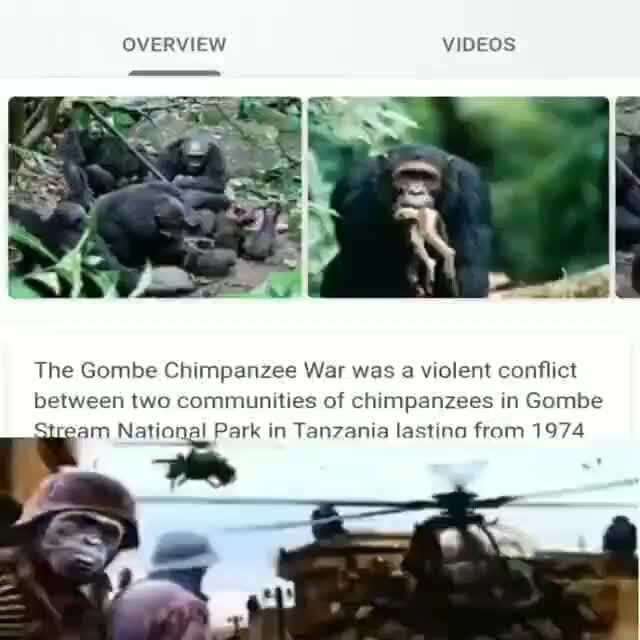
In Nairobi, Goodall was introduced to Louis Leakey, the scientist whose fossil discoveries had finally proved mankind's roots were African, not Asian, as had previously been supposed.Īt this time, Leakey was looking for someone to study chimpanzees in the wild and to find evidence of shared ancestry between humans and the great apes. It wasn't what I had imagined at all."Ī friend took a job in Kenya, and Goodall decided to join her, working as a waitress to raise funds for her trip. "I remember my mum taking me to the first Tarzan film, which starred Johnny Weissmuller, and bursting into tears. "I got my love of animals from the Dr Dolittle books and my love of Africa from the Tarzan novels," she says. However, she burned with two passions: a love of animals and a love of Africa.

Goodall had no academic training, having grown up in the middle-class gentility of Bournemouth in the postwar years, a time when women were expected to be wives and little else. Now aged 76, she exudes a calm confidence as she travels the world, promoting green causes established by the Jane Goodall Institute, which she set up in 1977 in order to promote research at Gombe and to protect chimpanzees and their habitats.īut in 1960, she looked an unlikely scientific pioneer. Her long blond hair, tied back as usual, has turned silvery grey. Today, Goodall is a gracefully aged replica of the young woman who first set foot at Gombe five decades ago. These celebrations began yesterday at the Berlin film festival with the premiere of Lorenz Knauer's documentary about Goodall, Jane's Journey – which includes a walk-on part for Angelina Jolie – and will continue throughout the year. We therefore have much to commemorate 50 years after Goodall began her strolls through Gombe. This work has held up a mirror, albeit a blurred one, to our own species, suggesting that a great many of our behaviours, once thought to be uniquely human, may have been inherited from the common ancestors that Homo sapiens shared with chimpanzees six million years ago. They also made war, wiping out members of their own species with almost genocidal brutality on one occasion that was observed by Goodall. They experienced adolescence, developed powerful mother-and-child bonds, and used political chicanery to get what they wanted. Goodall's subsequent observations found that not only did Pan troglodytes – the chimpanzee – make and use tools but that our nearest evolutionary cousins embraced, hugged, and kissed each other. As the distinguished Harvard palaeontologist Stephen Jay Gould put it, this was "one of the great achievements of 20th-century scholarship". Certainly, there is little doubt about the importance of Goodall's discovery five decades ago.

His response has since become the stuff of scientific legend: "Now we must redefine man, redefine tools, or accept chimpanzees as humans." Leakey was exaggerating but not by much.

Goodall telegraphed her boss, the fossil-hunter Louis Leakey (father of Richard), with the news.


 0 kommentar(er)
0 kommentar(er)
